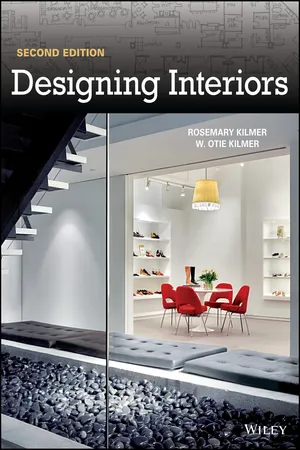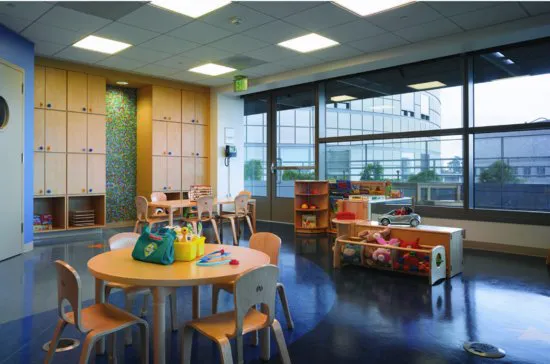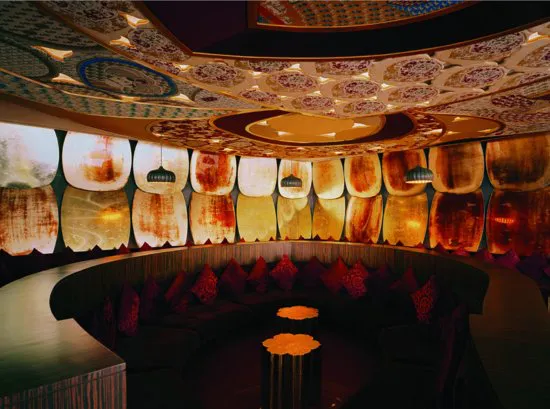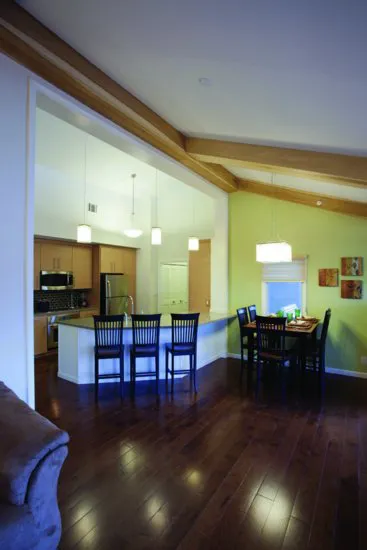
This book is available to read until 15th December, 2025
- English
- ePUB (mobile friendly)
- Available on iOS & Android
eBook - ePub
Available until 15 Dec |Learn more
Designing Interiors
About this book
After its publication in 1992, Designing Interiors became a hugely successful reference tool and designing textbook. In Designing Interiors, Second Edition, updates on trends in sustainability and green design, building codes, universal design, and building information models amplify the already invaluable interior design tricks of trade. Design professors Rosemary and Otie Kilmer provide a fuller design history that incorporates non-Western design and dynamic color illustrations that flesh out technical concepts.
Frequently asked questions
Yes, you can cancel anytime from the Subscription tab in your account settings on the Perlego website. Your subscription will stay active until the end of your current billing period. Learn how to cancel your subscription.
No, books cannot be downloaded as external files, such as PDFs, for use outside of Perlego. However, you can download books within the Perlego app for offline reading on mobile or tablet. Learn more here.
Perlego offers two plans: Essential and Complete
- Essential is ideal for learners and professionals who enjoy exploring a wide range of subjects. Access the Essential Library with 800,000+ trusted titles and best-sellers across business, personal growth, and the humanities. Includes unlimited reading time and Standard Read Aloud voice.
- Complete: Perfect for advanced learners and researchers needing full, unrestricted access. Unlock 1.4M+ books across hundreds of subjects, including academic and specialized titles. The Complete Plan also includes advanced features like Premium Read Aloud and Research Assistant.
We are an online textbook subscription service, where you can get access to an entire online library for less than the price of a single book per month. With over 1 million books across 1000+ topics, we’ve got you covered! Learn more here.
Look out for the read-aloud symbol on your next book to see if you can listen to it. The read-aloud tool reads text aloud for you, highlighting the text as it is being read. You can pause it, speed it up and slow it down. Learn more here.
Yes! You can use the Perlego app on both iOS or Android devices to read anytime, anywhere — even offline. Perfect for commutes or when you’re on the go.
Please note we cannot support devices running on iOS 13 and Android 7 or earlier. Learn more about using the app.
Please note we cannot support devices running on iOS 13 and Android 7 or earlier. Learn more about using the app.
Yes, you can access Designing Interiors by Rosemary Kilmer,W. Otie Kilmer in PDF and/or ePUB format, as well as other popular books in Architecture & Interior Design. We have over one million books available in our catalogue for you to explore.
Information
PART ONE
THE HISTORICAL AND THEORETICAL BASES OF DESIGN
1
Interior Design, an Introduction
Interior design is one of the most exciting and creative professions. A combination of art, science, and technology, interior design, in practice, manipulates space, form, texture, color, and light to enhance the quality of human life. This book is about interior spaces and their design and about interior design as a profession. The practice of actively designing interior space is a major commitment by those who enter the field, that is, people who work toward improving our built environments.
We spend an increasing amount of our lives indoors in built environments. We wake from a night’s sleep in some form of interior space and go to learn, work, or play in another space that gives a sense of purpose to our lives. We may briefly go outdoors to get to the site of our day’s occupation, but the amount of time spent outdoors is usually only a fraction of the time spent indoors.
Why should we be concerned about the design of interiors? Well-designed spaces can contribute substantially to our sense of well-being, not just serve as shelters. They can be positive influences on our socialization, learning, and general appreciation of life. People’s behavior can be positively or negatively reinforced by interaction with environmental forces.
The task of those who design our interior spaces becomes increasingly important as more people spend greater amounts of time indoors. Designers must devise spaces that serve the basic needs of the users and at the same time create positive and uplifting effects. Properly designed environments are efficient and harmonious (Figure 1.1). They can have a pervasive positive influence, which interiors that are not carefully designed may not have.

Figure 1.1 This Haworth showroom, in San Francisco, is an excellent example of a well-designed interior that serves the needs of the users and creates a positive and uplifting effect.
Courtesy of Perkins + Will; Photo Courtesy of Haworth, Inc.; Nick Merrick © Hedrich Blessing
CURRENT ISSUES IN DESIGN
Interior design is a dynamic profession that changes over time as the result of technological advances, research, codes, culture, and environmental factors. Some of the current issues facing interior designers include universal design, globalization, and sustainable design.
Universal Design
Universal design is a concept that encompasses the design of worldwide environments, spaces, objects, and communication with the intent of serving the widest range of users, regardless of age and physical abilities. Universal design can include accessible design, which specifically focuses on people with disabilities and their right of access to entities. However, the two terms should not be used interchangeably. Universal design is involved with more than providing minimal compliance with specific accessibility requirements and guidelines. It seeks to integrate accessible features into the design of the building, interiors, and objects. It addresses the usability issues of spaces and equipment, instead of merely setting standards and minimum requirements, which accessible design does. See Chapter 10 for more detailed information on accessibility. Interior designers are also involved with designing for special populations, which include people of all abilities and ages, including children, the elderly, and those with temporary or permanent special needs (Figure 1.2).

Figure 1.2 Mattel Children’s Hospital UCLA is designed to serve the needs of its special population.
Courtesy of Perkins + Will; © fotoworks/Benny Chan
Globalization
Interior designers often work on a global scale and with multicultural communities and people. This is particularly true today as the Internet and other digital media allow designers and others to communicate worldwide. Designers may encompass a multitude of nationalities, cultural traits, physical needs, and preferences. The use of space and the meaning of color may vary among different cultures, regions, and countries. Materials indigenous to a region may also affect how environments are built. Therefore, designers must be aware of particular cultural beliefs and preferences in order to propose appropriate design solutions for a global market (Figure 1.3).

Figure 1.3 The Park Hotel in Hyderabad, India, infuses a modern, sustainable design with the local craft traditions, and is influenced by the region’s reputation as a center for the design and production of gemstones and textiles.
© Skidmore, Owings & Merrill LLP | © Robert Polidori
Sustainable Design
Sustainable design seeks to reduce the negative impacts on our environments, eliminate nonrenewable resources, and promote the interaction of people and the natural environment. The need for sustainable design is a direct result of global growth in human population, economic activity, damage to the earth’s ecosystem, and depletion of natural resources. Sustainability principles include energy conservation and efficiency, recycled or sustainably produced materials, improved indoor environmental quality (such as air), and requiring performance standards for the quality and durability of products that last longer—reducing or eliminating their replacement cycles (Figure 1.4). Sustainable design is also referred to as green design, although the latter term can be somewhat overused to include many things that may not be up to sustainable standards.

Figure 1.4 Purdue University’s net-zero energy house utilizes h...
Table of contents
- Cover
- Table of Contents
- Title
- Copyright
- Dedication
- Preface
- Acknowledgments
- Part One: The Historical and Theoretical bases of Design
- Part Two: Planning Residential and Commercial Spaces
- Part Three: The Exterior and Interior Environments
- Part Four: Interior Materials, Architectural Systems, Finishes, and Components
- Part Five: Furniture, Furnishings, and Equipment
- Part Six: Aspects of Professional Practice
- Glossary
- Index
- End User License Agreement